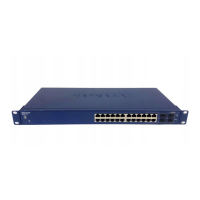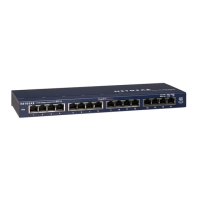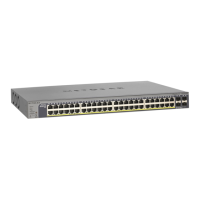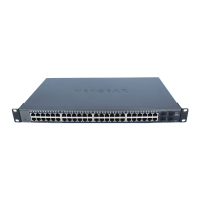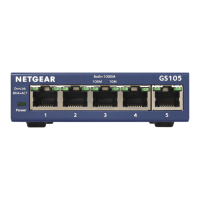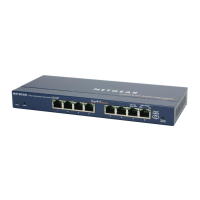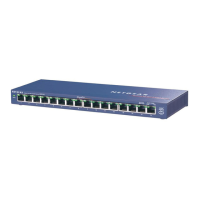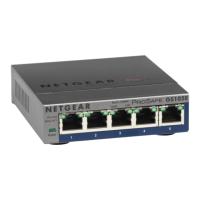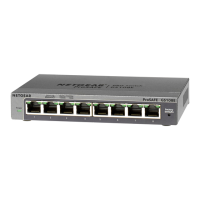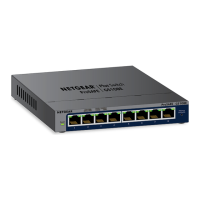GS716Tv2 and GS724Tv3 Software Administration Manual
Configuring Switching Information 3-27
v1.0, July 2009
2. Click Add to create a new MST which you have configured.
3. Click Delete to delete the selected MST instance. All VLANs associated with the instance are
associated with the CST.
4. Click Cancel to cancel the configuration on the screen and reset the data on the screen to the
latest value of the switch.
5. If you make any configuration changes, click Apply to apply the new settings to the switch.
Configuration changes take effect immediately.
MST Port Configuration
Use the Spanning Tree MST Port Configuration page to display Multiple Spanning Tree (MST) on
a specific port on the switch.
To display the Spanning Tree MST Port Status page:
VLAN ID This gives a list box of all VLANs on the switch. The VLANs associated with the
MST instance which is selected are highlighted on the list. These can be selected or
unselected for reconfiguring the association of VLANs to MST instances.
Bridge Identifier The bridge identifier for the selected MST instance. It is made up using the bridge
priority and the base MAC address of the bridge.
Time Since
Topology
Change
Displays the total amount of time since the topology of the selected MST instance
last changed. The time is displayed in hour/minute/second format, for example, 5
hours, 10 minutes, and 4 seconds.
Topology
Change Count
Displays the total number of times topology has changed for the selected MST
instance.
Topology
Change
Indicates whether a topology change is in progress on any port assigned to the
selected MST instance. The possible values are True or False.
Designated
Root
Displays the bridge identifier of the root bridge, which is made up from the bridge
priority and the base MAC address of the bridge.
Root Path Cost Displays the path cost to the Designated Root for this MST instance.
Root Port Indicates the port to access the Designated Root for this MST instance.
Table 3-16. Spanning Tree MST Configuration (continued)
Field Description
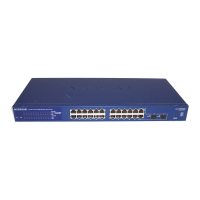
